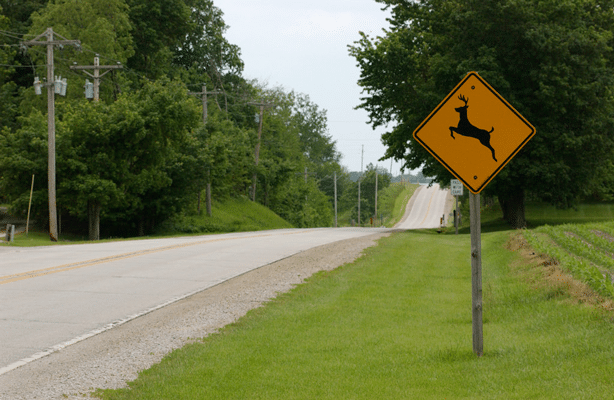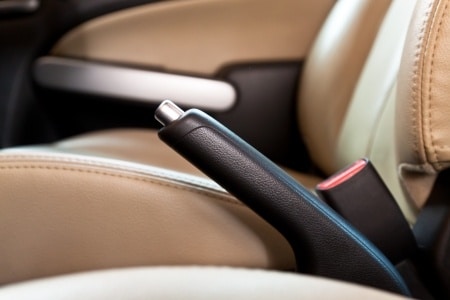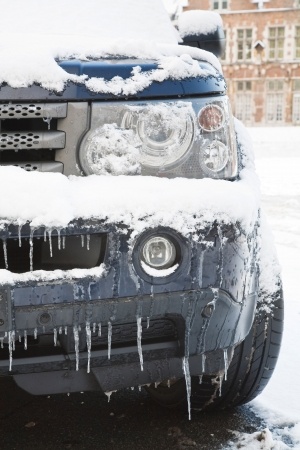Oh Deer! What To Do If You Hit An Animal With Your Car
Have you hit an animal with your car? Not to worry; these helpful tips will help you handle an auto-animal collision with ease and efficiency.
Auto collision experts predict that one out of every 169 drivers will collide with a deer in 2016. Though Utah is ranked #30 in the country for most deer collisions, drivers are currently 15 percent more likely to hit a deer than they were in previous years. And while using extra caution in known deer zones and being vigilant about scanning the road for deer and other danger signs can help prevent auto-animal collisions, sometimes accidents inevitably happen. If you do happen hit a deer, these steps can help you handle the process with ease and efficiency.
Know The Law
In 1988 officials passed The Road Traffic Act which implemented rules around types of animals. Under this act, you are required to report to the police any auto accident involving dogs, goats, horses, cattle, donkeys, mules, sheep, and pigs. If you fail to comply with this law or report it within seven days, you are subjects to be found guilty of an offence and convicted accordingly.
Note, however, that this law does not require you to report an accident with a deer, elk, rabbit, or other form of wildlife. If you do happen to hit a deer, however, you can – and should – report the accident to the police as this may prove useful when filing your insurance claim.
Four Steps Following The Collision
By following these four steps, you can be sure you’re handling the collision in the best way possible.
- Move to a Safe Place
If possible, move your car to a safe place that’s off the direct roadway. Make sure you turn your hazard lights on and put out reflective cones if available. If your car is damaged to the point where you cannot operate it, make sure you get yourself and any other members in the vehicle to a safe, out-of-the-way location. Keep in mind that deer and many other types of wildlife are most active at dawn and dusk when you and your car can be less visible to other motorists.
- Call the Police
As previously mentioned, it’s advisable to alert the authorities if you’ve hit an animal and it is blocking the roadway or creating a dangerous threat for other drivers. Furthermore, if the accident has caused personal injury or property damage, you’ll likely need to file an official police report for medical care and insurance purposes.
- Document the Incident
Though authorities will document the scene upon arrival, it’s advisable that you do the same. Take photos of the roadway, your surroundings, damage to your car, and any injuries you or your passengers may have sustained. Furthermore, record the accounts from any witnesses and ask for their contact information; again, this will be vital when filing an insurance claim.
- Stay Away From the Animal
It is incredibly important that you stay as far away from the animal as possible. Even when documenting the incident, do not approach the animal. A frightened, injured deer or other animal has the potential to be very harmful if approached. The authorities have the tools and resources necessary to safely and properly handle an injured, potentially dangerous animal.
Don’t Assume Your Car Is Safe To Drive
Check and double-check that you vehicle is drivable after colliding with an animal. Keep an eye out for leaking fluids, loose parts, damaged tires, and broken lights. Similarly, make sure that your hood can effectively latch shut; often times a head-on collision with an animal will hinder the hood from fully shutting which can be a huge safety hazard. If you are concerned about the safety of your vehicle or determine that your car cannot be safely driven, call for a tow.
Being involved in an animal-auto collision can be a scary, nerve racking event. However, by knowing exactly what steps to take, you can handle the situation in a proper, effective manner. To ensure your safety and the safety of others, you should know the law, the four steps immediately following the collision, and the warning signs that indicate your vehicle is not safe to drive.



